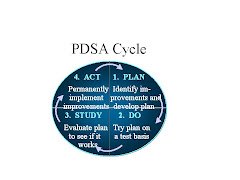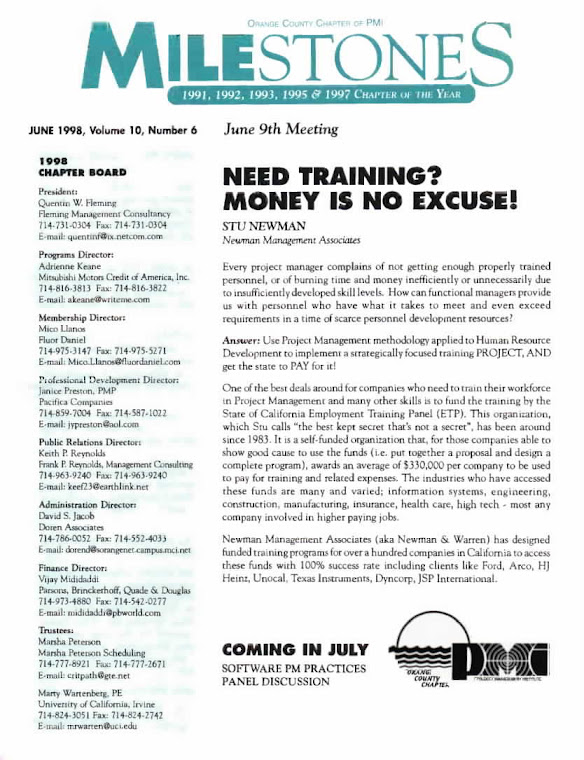In a 2003 article Julia King(10) reports, "At companies that aren't among the top 25% of technology users, three out of 10 IT projects fail on average.
- Translation: for these companies an amazing 30% of IT projects fail.
- Now if you are an extremely optimistic person you might conclude the good news is that 70% of these projects succeed. But note that King does not tell us how many of the 70% of the "successful" projects were over budget, over time, or defective in function upon completion.
The top 5 factors found in successful projects are:
1. User Involvement
2. Executive Management Support
3. Clear Statement of Requirements
4. Proper Planning
5. Realistic Expectations
These are the top 5 of 10 listed in the report. The report concludes that these were the elements that were most often pointed to as major contributors to project success. Will these elements alone guarantee success? Never. But if these are done well, a project, according to the
Standish Group, will have a much higher probability of success.
The next category of differentiators from the Standish report deals with projects that proved to be "Challenged;" that is they were completed buy were over budget, over time, or did not contain all functions and features originally required.
The top 5 indicators found in "Challenged" projects are:
1. Lack of User Input
2. Incomplete Requirements & Specifications
3. Changing Requirements & Specifications
4. Lack of Executive Support
5. Technical Incompetence
And finally a list of all the top factors found in "Failed" projects
1. Incomplete Requirements
2. Lack of user involvement
3. Lack of Resources
4. Unrealistic Expectations
5. Lace of Executive Support
6. Changing Requirements & Specifications
7. Lack of Planning
8. Didn't Need it Any Longer
9. Lack of IT management
10. Technical Illiteracy
Notice in the above three project outcomes, user involvement is listed as the first or second item in each.
Above excerpts from:
Robert Frese
Dr. Vicki Sauter
UM-St. Louis, December 16, 2003



